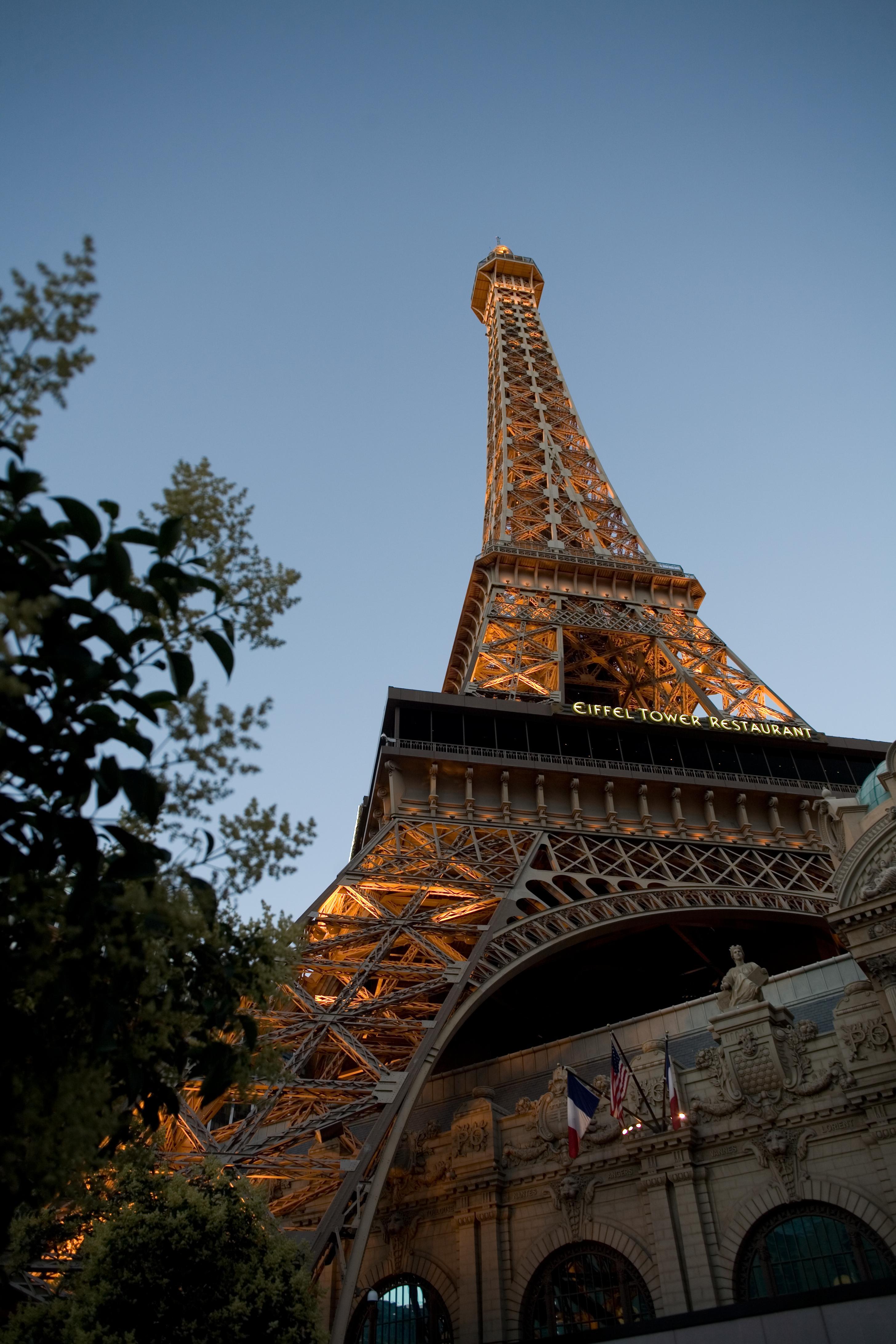In his wildest dreams, Gustave Eiffel probably never imagined that the tower he built for the 1889 World’s Fair would become the ultimate symbol of Paris, and for many, of France. Originally slated for demolition after its first 20 years, the Eiffel Tower is one of the most visited sites in the nation. No fewer than 50 engineers and designers worked on the plans, which resulted in a remarkably solid structure that, despite its height (324m/1,063 ft., including the antenna) does not sway in the wind.
But while the engineers rejoiced, others howled. When the project for the tower was announced, a group of artists and writers, including Guy de Maupassant and Alexandre Dumas fils, published a manifesto that referred to it as an “odious column of bolted metal.” Others were less diplomatic: Novelist Joris-Karl Huysmans called it a “hole-riddled suppository.” Despite the objections, the tower was built—over 18,000 pieces of iron, held together with some 2.5 million rivets. In this low-tech era, building techniques involved a lot of elbow grease: The foundations, for example, were dug entirely by shovel, and the debris was hauled away in horse-drawn carts. Construction dragged on for 2 years, but finally, on March 31, 1889, Gustave Eiffel proudly led a group of dignitaries up the 1,665 steps to the top, where he unfurled the French flag for the inauguration.
Over 100 years later, the tower has become such an integral piece of the Parisian landscape that it’s impossible to think of the city without it. Over time, even the artists came around—the tower’s silhouette can be found in the paintings of Seurat, Bonnard, Duffy, Chagall, and especially those of Robert Delaunay, who devoted an entire series of canvases to the subject. It has also inspired a range of stunts, from Pierre Labric riding a bicycle down the stairs from the first level in 1923, to Philippe Petit walking a 700m-long (2,296-ft.) tightrope from the Palais de Chaillot to the tower during the centennial celebration in 1989. Eiffel performed his own “stunts” toward the end of his career, using the tower as a laboratory for scientific experiments. By convincing the authorities of the tower’s usefulness in studying meteorology, aerodynamics, and other subjects, Eiffel saved it from being torn down.
The most dramatic view of the tower itself is from the wide esplanade at the Palais de Chaillot (Métro: Trocadéro) across the Seine. From there it’s a short walk through the gardens and across the Pont d’Alma to the base. Though several elevators whisk visitors skyward, they do take time to come back down, so be prepared for a wait. The first floor just had a makeover, with a new restaurant, displays, and a bit of glass floor, so you can pretend you are walking on air. Personally, I think the view from the second level is the best; you’re far enough up to see the entire city, yet close enough to clearly pick out the monuments. But if you are aching to get to the top, an airplanelike view awaits. The third level is, mercifully, enclosed, but thrill-seekers can climb up a few more stairs to the outside balcony (entirely protected with a grill). At the time of writing the base of the tower was being surrounded by bulletproof glass walls as part of a plan to protect visitors from terror attacks. Don’t be alarmed: It’s precautionary and not the sign of an imminent danger, and you’ll still be able to walk underneath for free once you’ve passed the security checks—though build in extra time for passing the check points. The construction of the wall marks the beginning of a 15-year modernization plan that aims to improve access to the tower in general and provide shelter for visitors in bad weather. And of course, Paris wouldn’t be Paris without the tower, so the monument will remain open throughout the work.






 About our rating system
About our rating system


